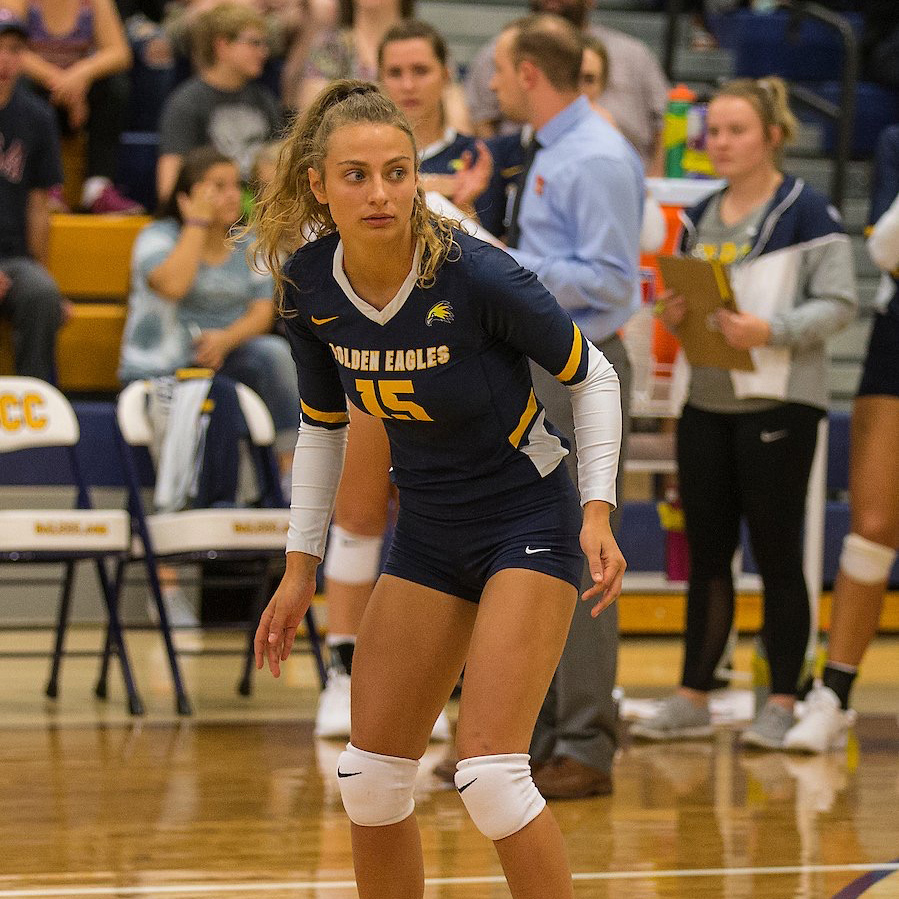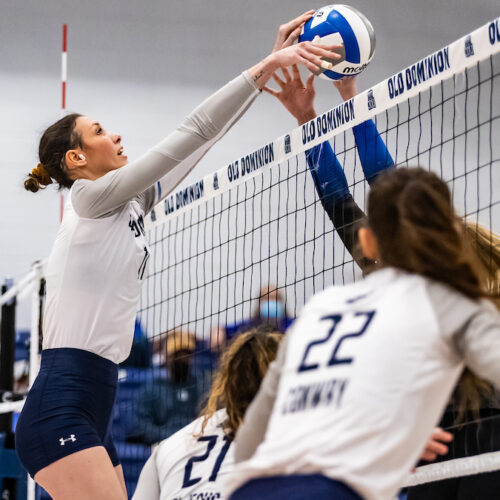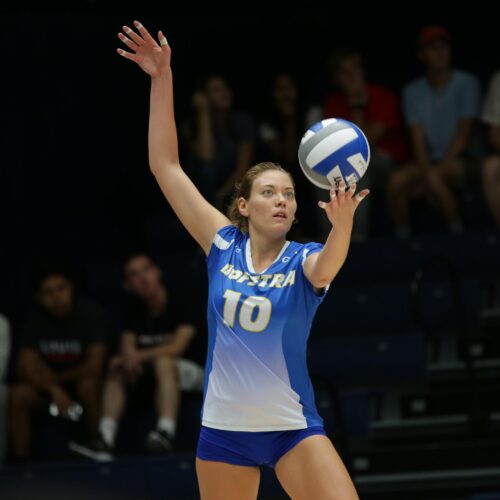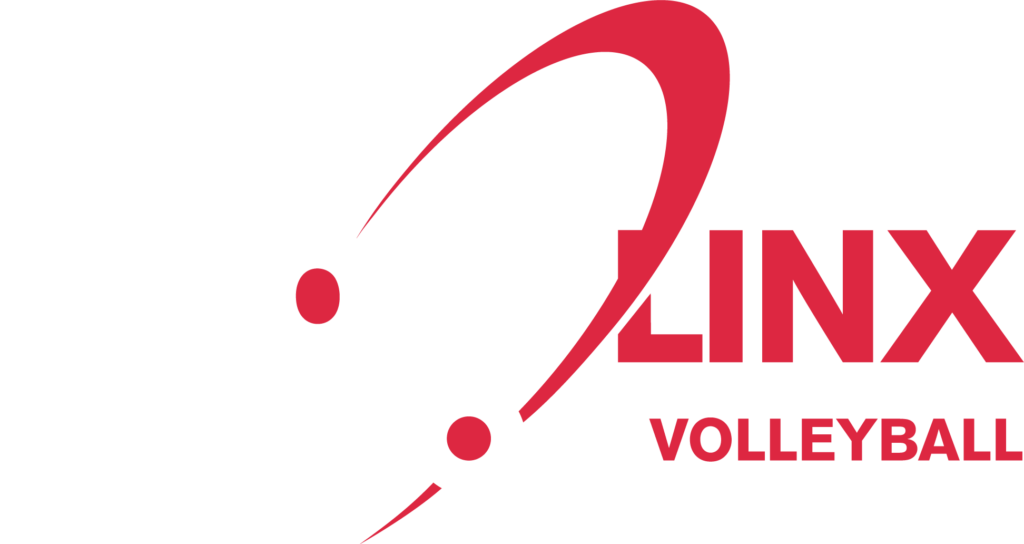Women’s volleyball in American colleges can be played, considering the numbers of 2022, in as many as 1,824 colleges!!

Women's Volleyball
Women's Volleyball in U.S. Universities

Organization
Each of these higher education institutions is part of a “league” that regulates and organizes intercollegiate sports competitions, including women’s volleyball. The best known of these leagues is the NCAA (National Collegiate Athletic Association) but there are others such as the NAIA (National Association of Intercollegiate Athletics) and the NJCAA (National Junior College Athletic Association) for 2-year Junior Colleges where there are opportunities for volleyball players from all over the world. There are other leagues (see: the sports system) but they are reduced in number compared to the main ones we have listed.
In the summary table you will find the leagues and divisions present for women’s volleyball to give you an idea of the size of each league and division.
| League & Division | Number of teams | Number of female athletes |
| NCAA’S | 346 | 6159 |
| NCAA DII | 286 | 5168 |
| NCAA DIII | 428 | 7423 |
| CONSCRIPTION | 222 | 4014 |
| NJCAA | 346 | 4446 |
| OTHER | 196 | 2472 |
Competition Levels
In Italy, there is a great misconception about the level of volleyball in American colleges. In general, it is due to the ignorance of most of the people who talk about it because they are not experts in the American volleyball industry, but (perhaps) in volleyball in general without considering the particularities of that system.
The level of volleyball is very varied and ranges, to give you an idea, from an Italian first division to Serie A2! We can find teams that could be considered even lower level but, to try to be concrete, for a player who, at the end of high school in Italy, is a starter in Serie D, you can think that finding solutions as a collegiate student-athlete in the USA is feasible and also to get some partial sports scholarships.
Scholarship Benefits
The fact that there is room for players starting from the Italian Serie D does not mean that all of them can aspire to sports scholarships. In fact, for those who are Serie D players departing from Italy, sports scholarships are usually partial and the amount of programs to apply for is limited. As the sporting level is higher (along with other physical and academic abilities), Scholarships are more comprehensive up to the total coverage of expenses and, in some very special cases, it is possible to even receive a reimbursement in addition to the total scholarship. Giving a reference with respect to the Italian championships, in order to aspire to this last type of scholarship you would have to be a starting player of the B1 series (except for the role of the libero who follows a slightly different path).

In NCAA’S Universities can offer up to 12 full-coverage sports scholarships. That’s not to say that all 346 universities have 12 total sports scholarships to offer, but it certainly does mean that no women’s volleyball program has more than 12 athletes on total scholarship.
The average NCAA DI roster for women’s volleyball is 18 athletes and means that up to 12 of them will be able to have the total scholarship while the others will only be able to have scholarships for other merits that are not sports.
For the NCAA DII, on the other hand, the limit is 8 full-coverage scholarships and, unlike what happens in the NCAA DI, the programs can divide these scholarships among the athletes, offering the possibility for the whole team to have partial scholarships for sporting merit. Considering that many female athletes are also able to receive scholarships for academic merit, there is a good chance that between academic and sporting merit you will still be able to cover almost all of your college expenses.
NCAA DIII, on the other hand, does not have scholarships for sports merit and so college expenses must be met through academic and other merit scholarships and personal funds.
In the NAIA, the situation is similar to that of the NCAA DII, with a maximum of 8 scholarships per team. Here, too, between sporting and academic merit, it is very often possible to cover most of the expenses, and since colleges in general are less expensive, the total to be paid after the awarding of scholarships is much lower.
Remember that scholarships are valid for one year and are therefore renewable at the end of each academic year. (see Scholarships – what they are)
For the NJCAA’S There are many opportunities and programs can offer up to 14 total scholarships! Although not all programs are “fully-funded”, i.e. they have the maximum possible scholarships, there is always a very high number of possibilities if we also consider that the cycle in JUCO is 2 years and therefore the “round of athletes” is much higher and more frequent.
The programmes of the NJCAA DII On the other hand, they can cover only tuition and tuition fees and therefore the rest of the expenses remain at the expense of the family, but if you think about it, it is the same as in Italy when you go to study off-site and, perhaps through the ISEE, you manage not to pay school fees.
Finally, as is the case with NCAA DIII, the NJCAA DIII does not offer scholarships for sporting merit and you must use academic scholarships and personal funds to cover expenses.
The WALK-ON concept
Sometimes there are no scholarships for sporting merit and in women’s volleyball it always happens that there are athletes who are on the team, but do not have scholarships for sporting merit. These athletes call themselves walk-on, A definition that indicates that for that academic-sports year, they cover college expenses through academic scholarships, other available resources such as federal aid, other scholarships, and personal funds. Even in these cases, the walk-on is annual, and those who have done the walk-on during one year the next could become a Full-athletic scholarship holder!


